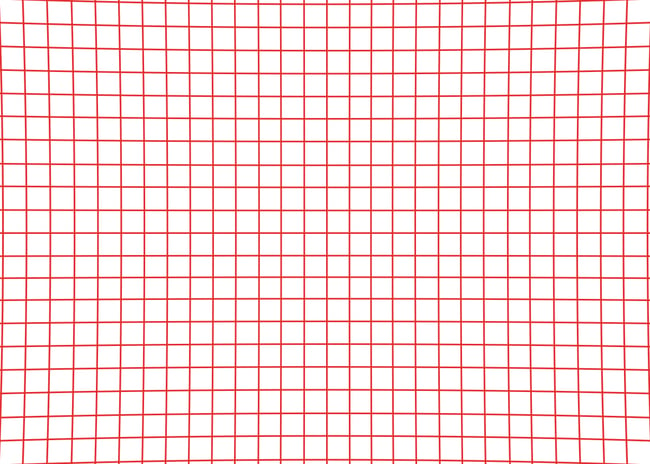Focusing Characteristics
The Tamron 50-400mm f/4.5-6.3 autofocuses quickly and almost silently. I asked Libor to send me his impressions after he tested this lens on the Nikon Z6 and Nikon Z9, and this is his response:
“On the Nikon Z6, there is nothing to complain about. The camera, not the lens, is the limiting factor. While shooting birds in flight with the Z9, the response times in the viewfinder feel comparable to Nikon lenses. Eye detection works great. However, when reviewing the photos, I noticed that a few shots in a burst occasionally end up soft before the lens catches up, and the following shots are sharp again. This mostly happens when the bird is moving quickly and close to the camera. That said, this also happens with Nikon lenses, though perhaps slightly less frequently. Considering the zoom range and its price, I’d rate the autofocus speed and reliability as very solid.”


The Tamron 50-400mm f/4.5-6.3 also autofocuses in dark conditions without any issues, comparable to any other lens with a similar maximum aperture. That said, f/6.3 is not particularly bright, so you’ll need to bump the ISO more often with this lens compared to something like a 400mm f/4.5.

Lastly, the close-focusing capabilities of the Tamron 50-400mm f/4.5-6.3 are excellent. The maximum magnification is a whopping 0.5x (1:2 magnification), which is high enough that some other lens companies would be slapping on the “macro” label. That said, the lens achieves this magnification only at the widest focal lengths. As you zoom in, the magnification gradually decreases, with 0.25x magnification (1:4) at 400mm. This is still well above average for a non-macro lens, but if you want the more extreme close-ups, you do need to get relatively close to your subject near 50mm.


Distortion
The Tamron 50-400mm has moderate distortion throughout the zoom range, not surprising for a superzoom. At all focal lengths, we measure distinct pincushion distortion, maxing out around 135mm with 3.75% distortion. Here’s the full chart:

These levels are not sky-high, but if you’re photographing architecture or a flat horizon, they will need to be corrected.
For context, here’s a simulation of 3.75% pincushion distortion in the lab:

Vignetting
In uncorrected images, the Tamron 50-400mm has pretty minimal levels of vignetting. Here’s a full chart of vignetting levels:


The worst performance seen here is about 1.5 stops of vignetting, which occurs at infinity focus when shooting wide open at both 50mm and 400mm. The middle focal lengths have less vignetting, and you’ll also improve the situation by focusing closer. That said, even 1.5 stops of vignetting is pretty minimal and not worth worrying about most of the time.
My only concern is that telephoto lenses typically have little to no vignetting, so getting about 1.5 stops at 400mm can lead to a little more noise in your images when you do need to correct it. Again, it’s low enough that you won’t need to correct it most of the time. But when you do, you’d find that most other 400mm lenses have hardly any vignetting by comparison (which also leads them to look a little brighter at the same aperture).
Lateral Chromatic Aberration
The Tamron 50-400mm f/4.5-6.3 ranges from moderate levels of lateral chromatic aberration to hardly any, depending on the focal length you’re looking at. Here’s the chart:

Anything under about one pixel is almost impossible to notice in real-world images, even with chromatic aberration corrections turned off. By comparison, this lens maxes out at about two pixels of chromatic aberration in the 50-70mm range, which is high enough to need corrections most of the time (but low enough that those corrections won’t leave major artifacts behind).
Meanwhile, in the range from 135mm to 400mm, lateral chromatic aberrations are low enough that you will rarely need to correct them. The performance at 200mm is downright amazing for a zoom.
Sharpness
The Tamron 50-400mm f/4.5-6.3 is sharper than I expected for a superzoom, although it doesn’t beat a high-end 100-400mm or 70-200mm f/2.8. Here’s how it performs at seven major focal lengths:







The lens starts out very strong at 50mm, with nothing to complain about throughout the aperture range. It gradually loses a little bit of acuity as you zoom into 200mm. From there, the performance stays pretty similar at 300mm and 400mm – improving slightly in the center but perhaps weakening by a hair in the corners.
Even at its worst focal lengths from 200-400mm, the lens is totally usable. Again, it isn’t going to beat a high-end zoom or prime, but for a superzoom, this sharpness is quite good. The following page of this review will put these numbers into context a little more clearly, but I consider this performance to be more than acceptable.
Early Access:
See all of our sharpness tests weeks (or months) before we publish the full review when you become a Photography Life Member. Photography Life Members can also access our Online Workshops, monthly photo critiques, eBooks, and more. Thank you for supporting Photography Life – we are an ad-free website thanks to you!
In terms of other sharpness issues, I noticed only a slight amount of focus shift or field curvature throughout the zoom range on this lens. My copy was also mildly decentered, as is usually the case with complex zooms. Based on the differences from corner to corner, I don’t believe that it harmed any of the sharpness numbers in the MTF charts above by more than 5%.
Bokeh
Bokeh is another word for the qualities of the background blur in a photo. “Good” bokeh is completely subjective, since different photographers have their own preferences for how the background blur looks. That said, photographers commonly want their background blur to be soft, not distracting. Out-of-focus highlights that are round, uniform, and soft-edged are usually considered favorable.
The bokeh on the Tamron 50-400mm looks pretty pleasant to my eye, despite being a complex zoom. There’s a little bit of harshness in areas that are slightly out of focus, particularly in foreground elements. That said, anything that is clearly out of focus is nice and smooth, even at 50mm.
Here are a few sample photos to show the quality of bokeh at various focal lengths and apertures:







Although bokeh isn’t the standout feature of this lens, the photos above look good to me. Again, there is more of a busy quality to areas that are slightly out of focus, but distant backgrounds and even specular highlights are nice and smooth.
Flare and Backlit Performance
Despite being a complex 24-element zoom, the Tamron 50-400mm does a very good job retaining contrast in backlit situations. It is very hard to get flare with this lens unless the sun is directly in the frame. Nicely done by Tamron!


The next page of this review dives into the sharpness numbers a bit more, with some comparisons against other lenses that Nikon users may be considering. So, click the menu below to go to “Lens Comparisons”:
Table of Contents